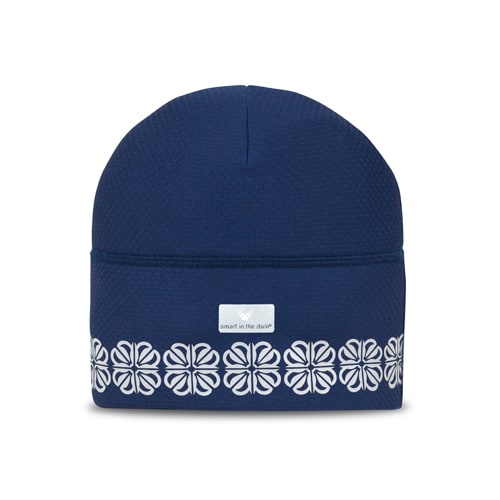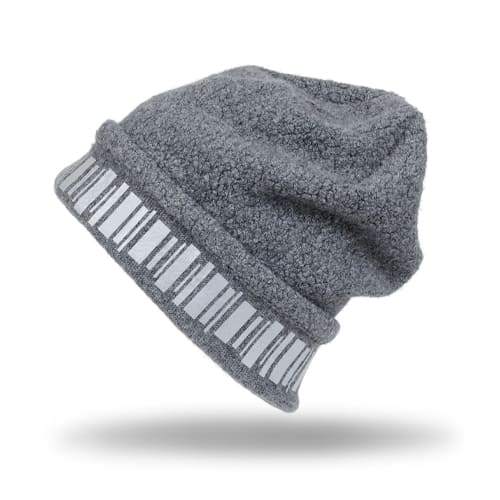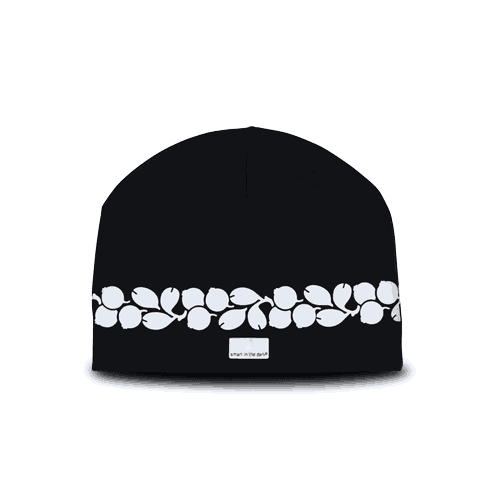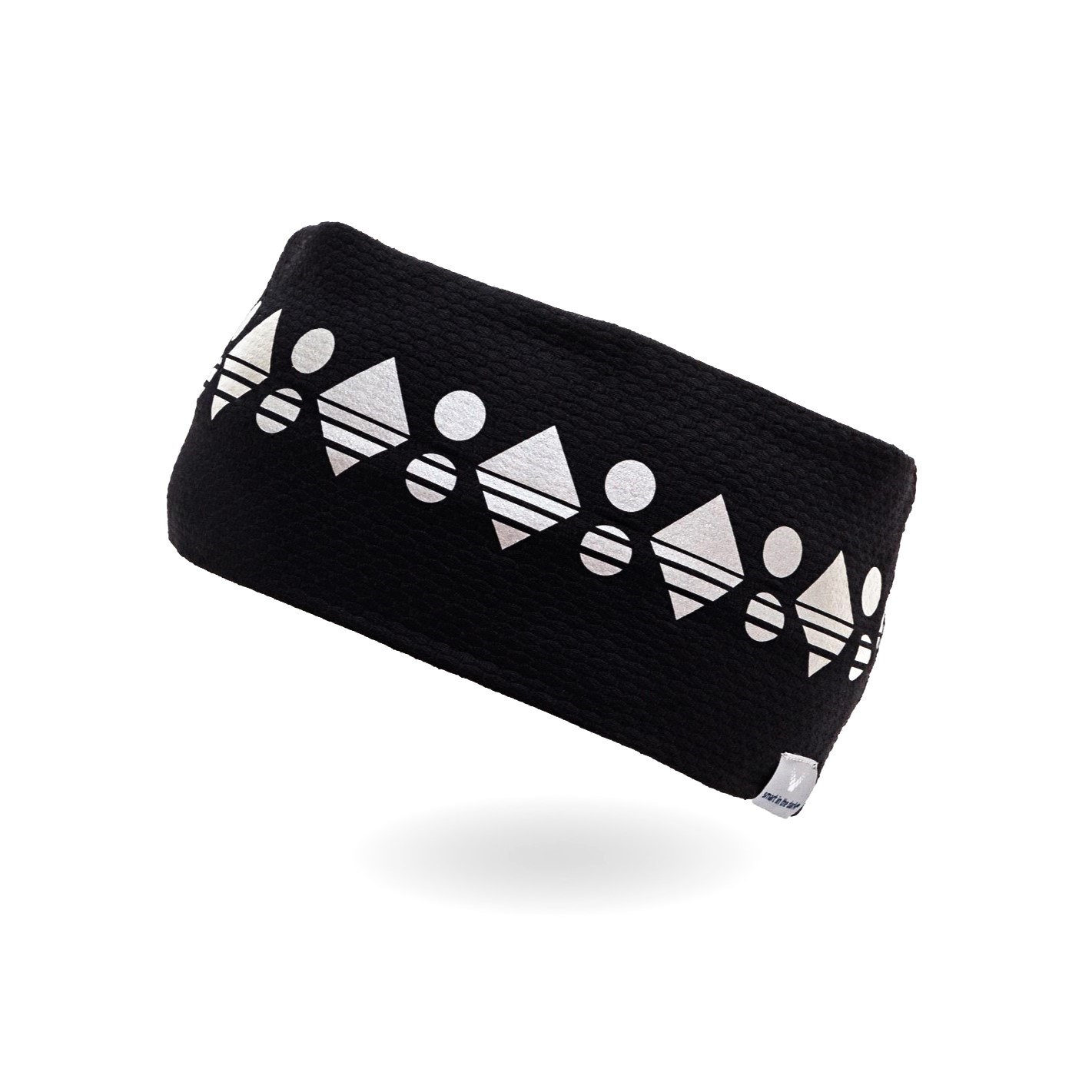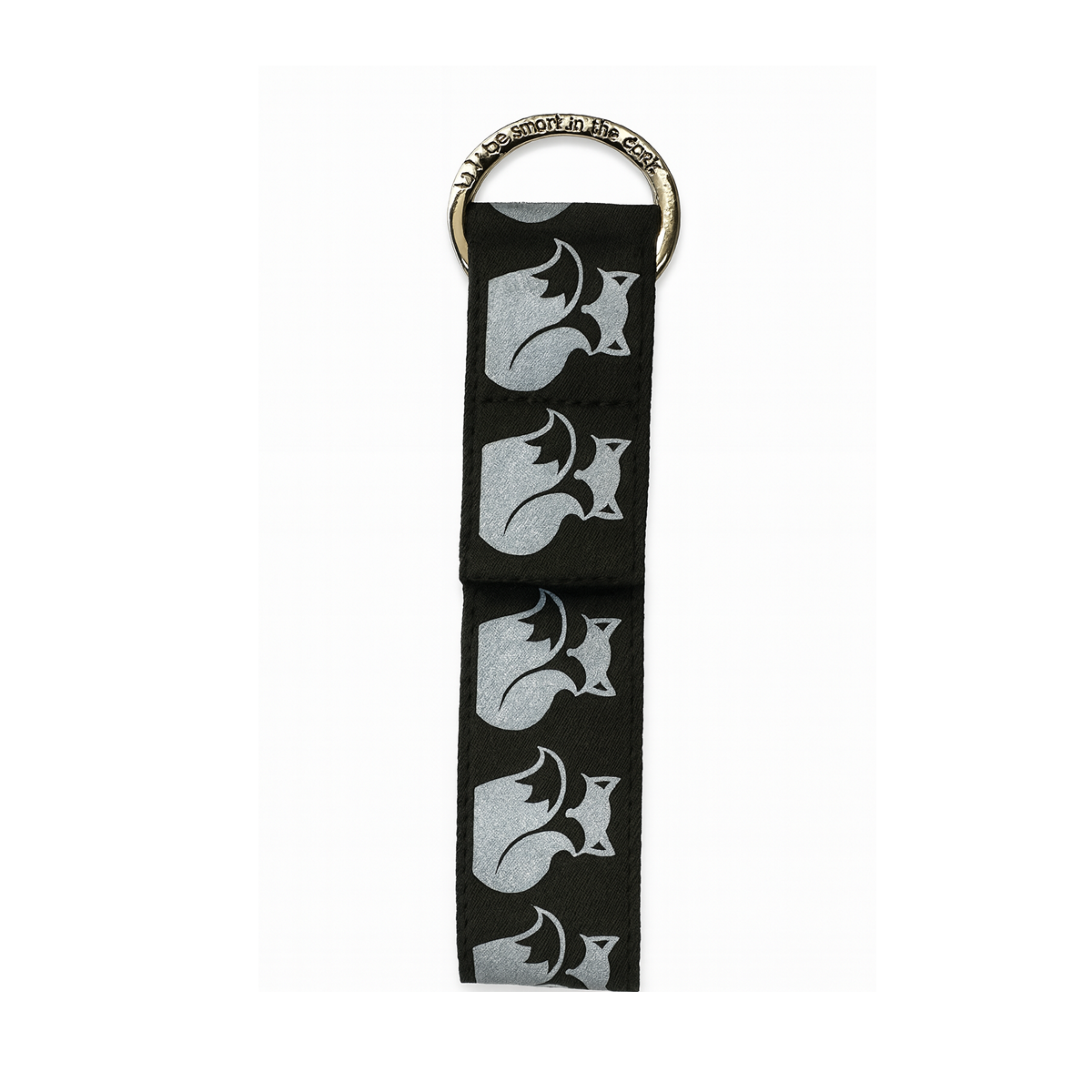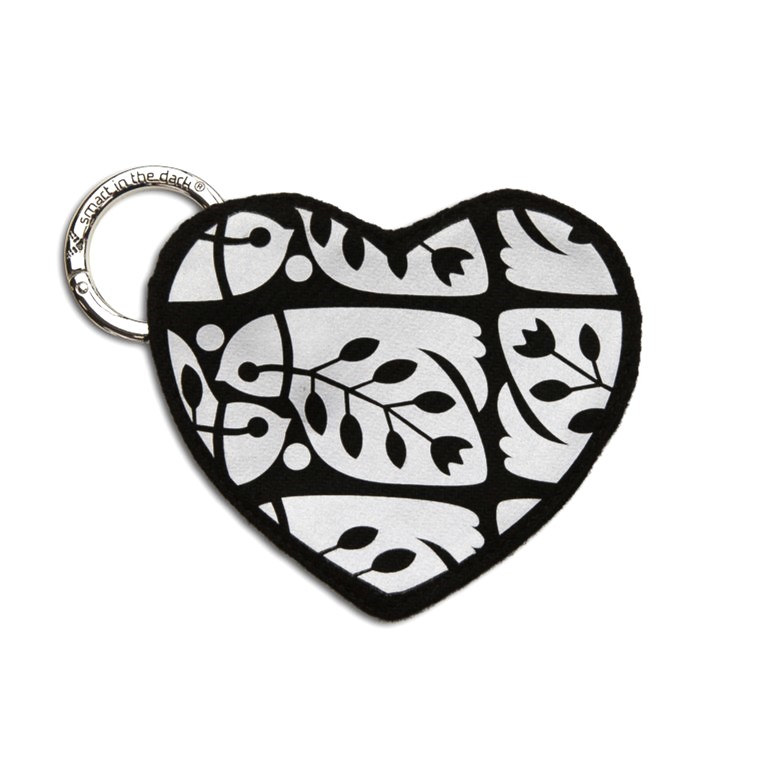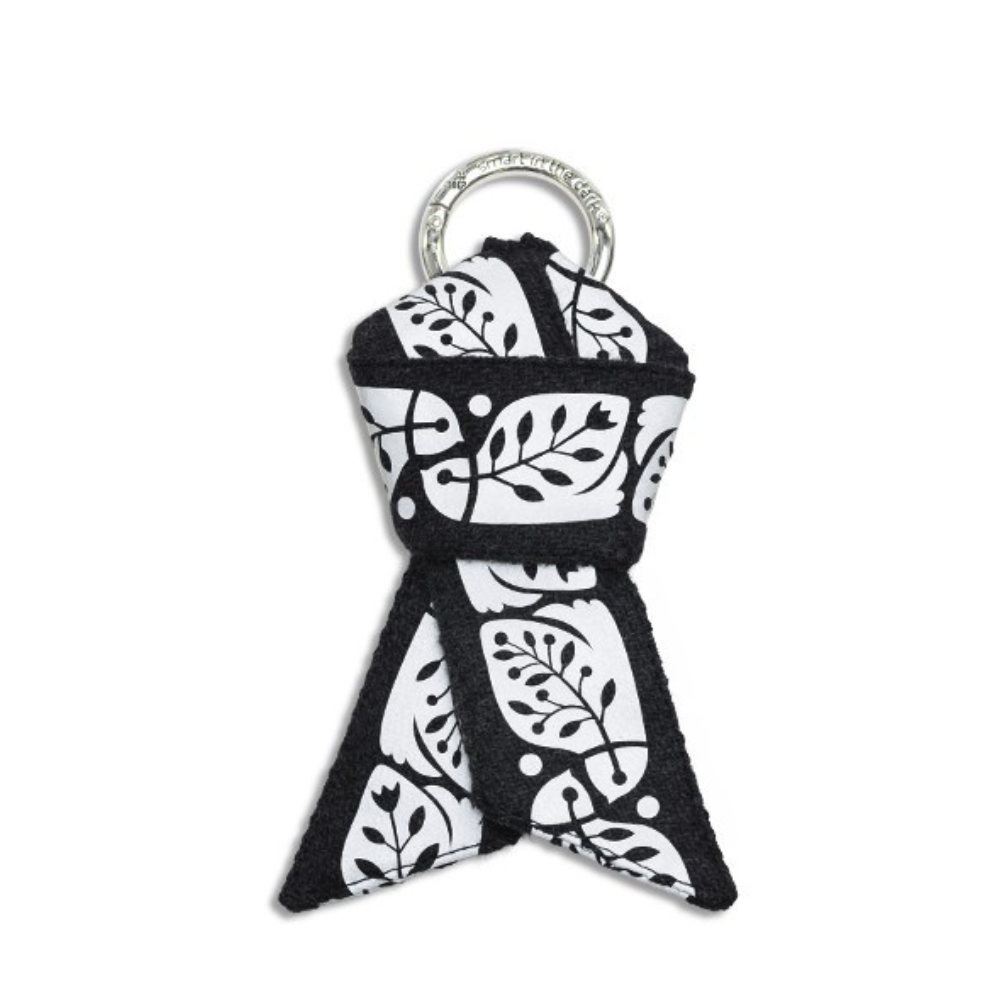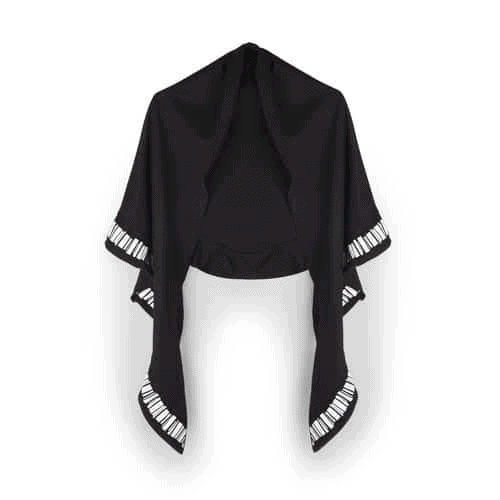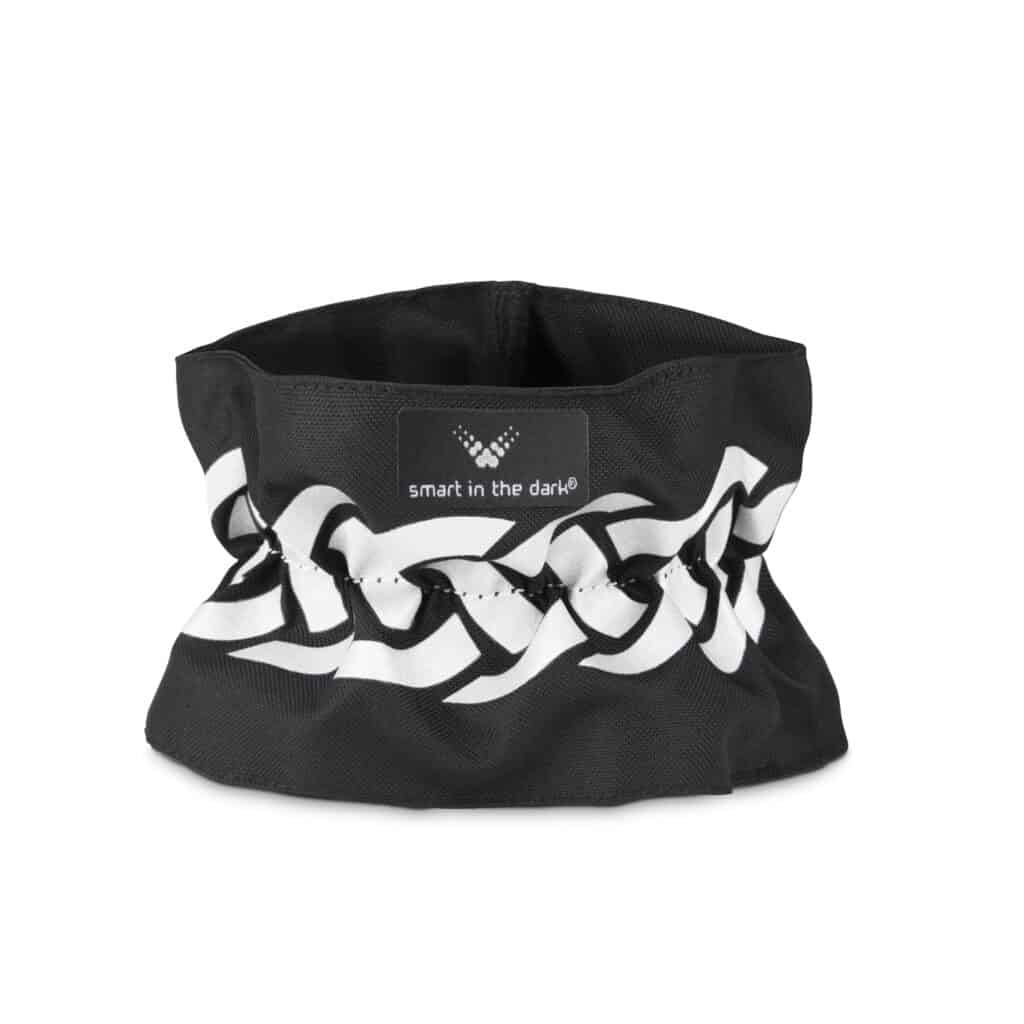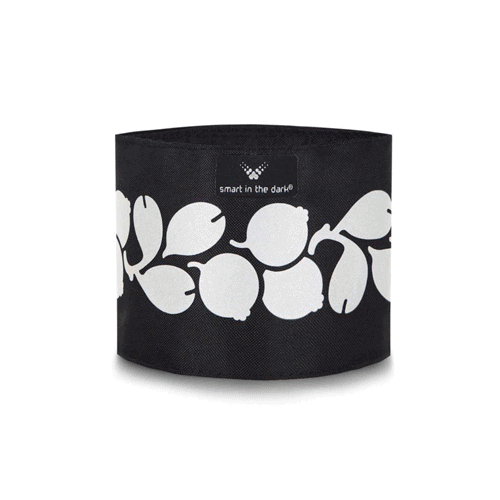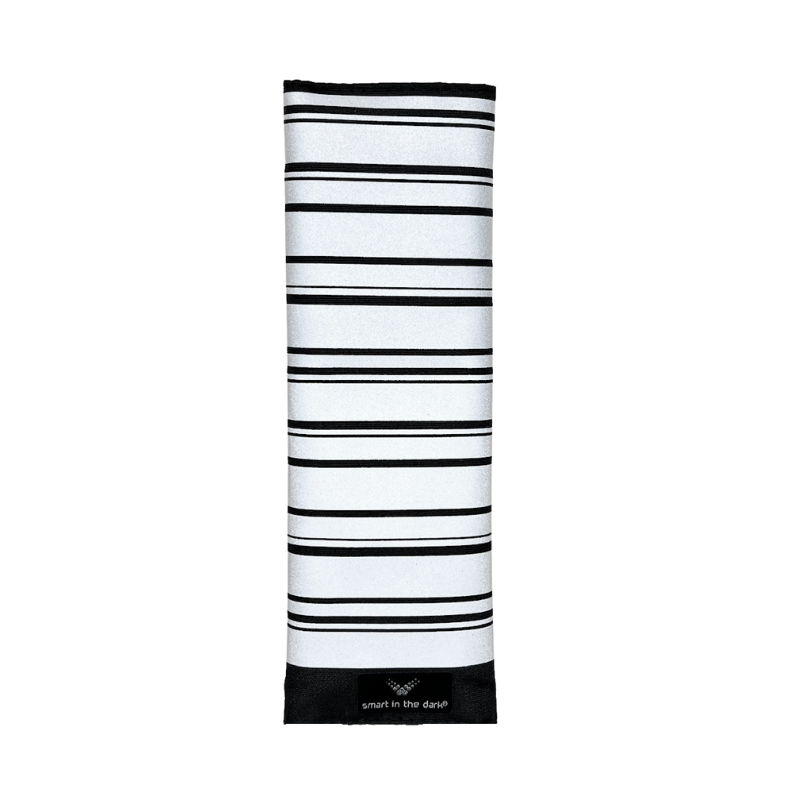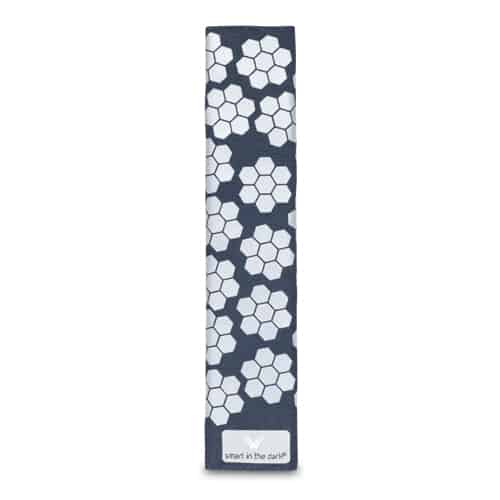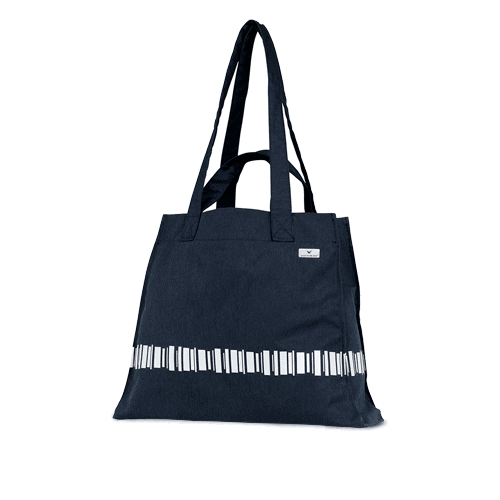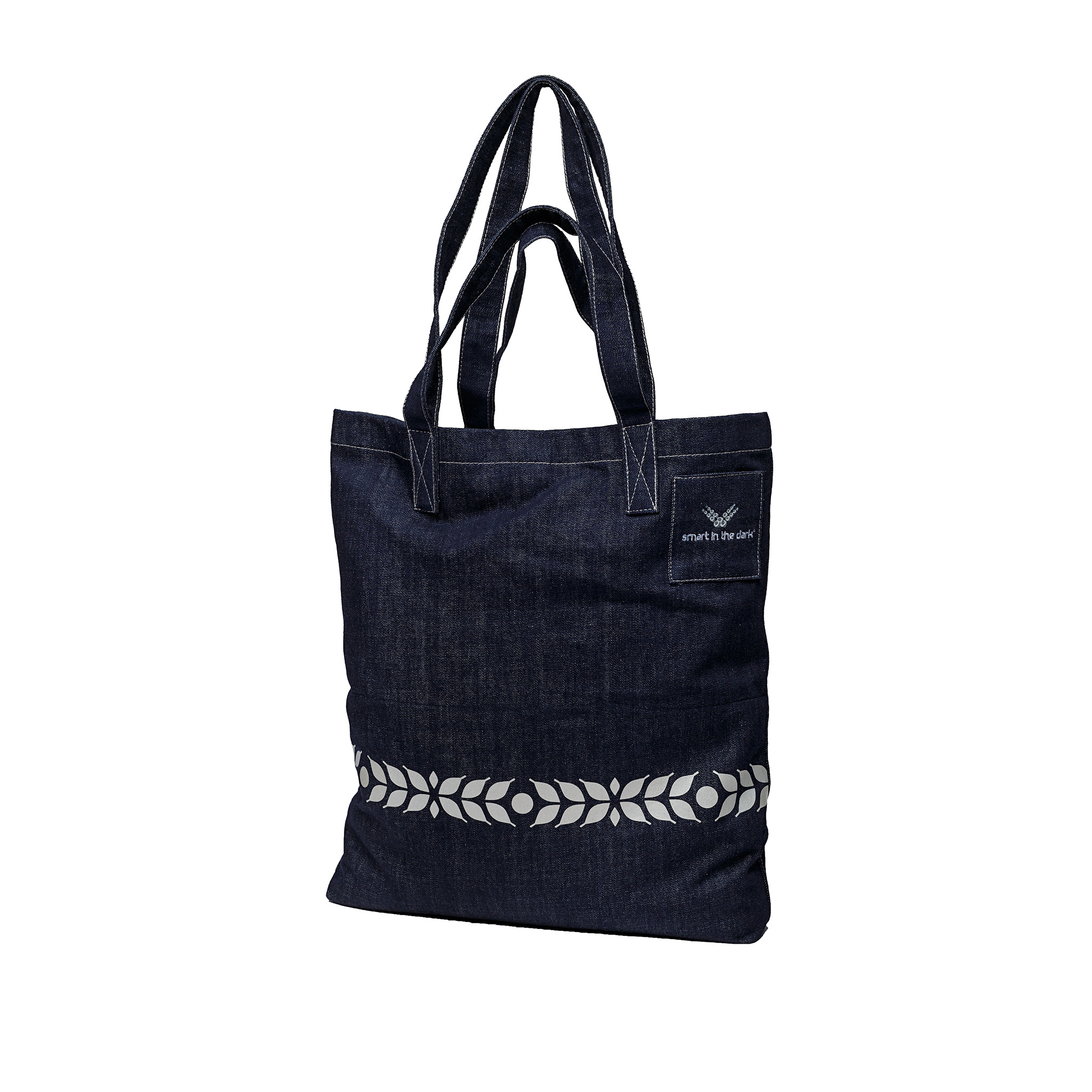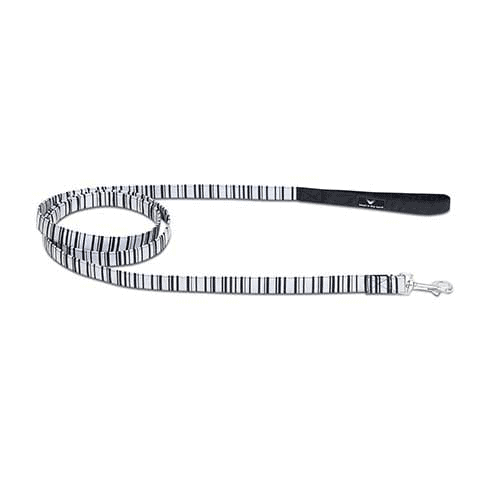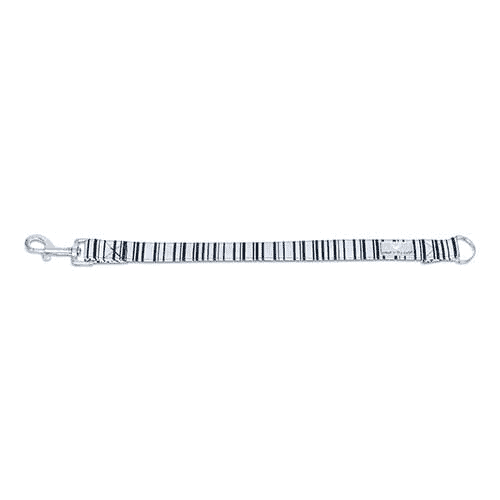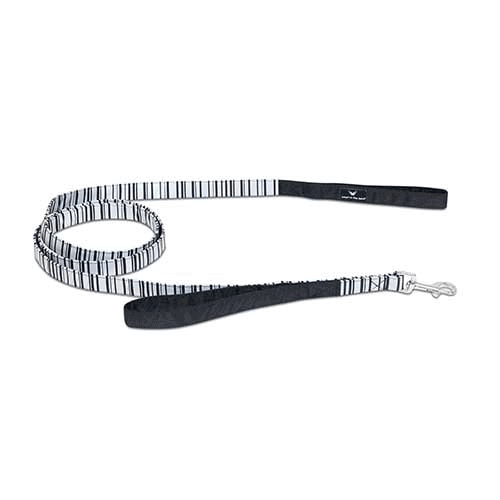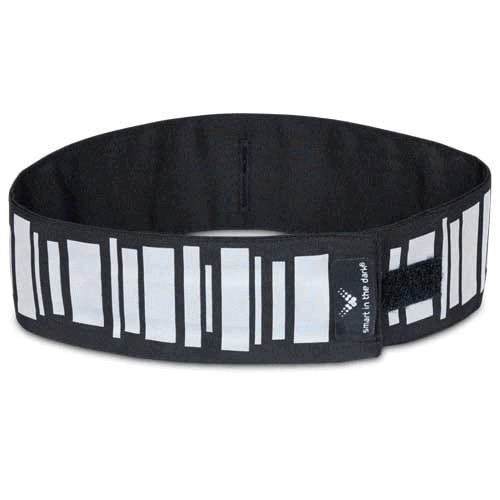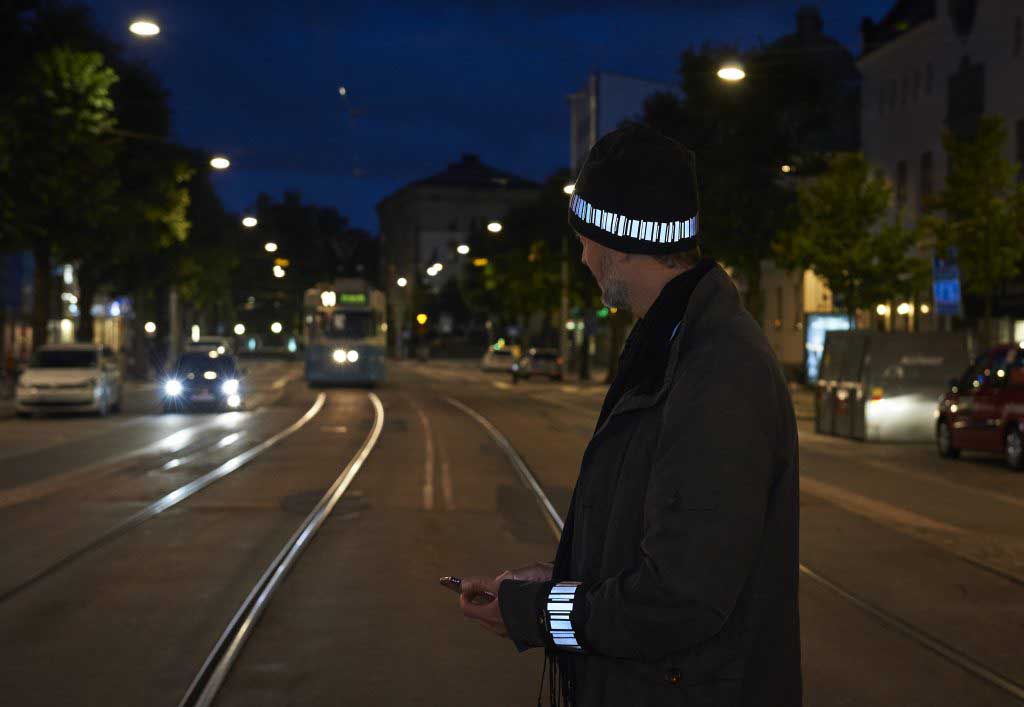Blogg
High Quality Reflective Items
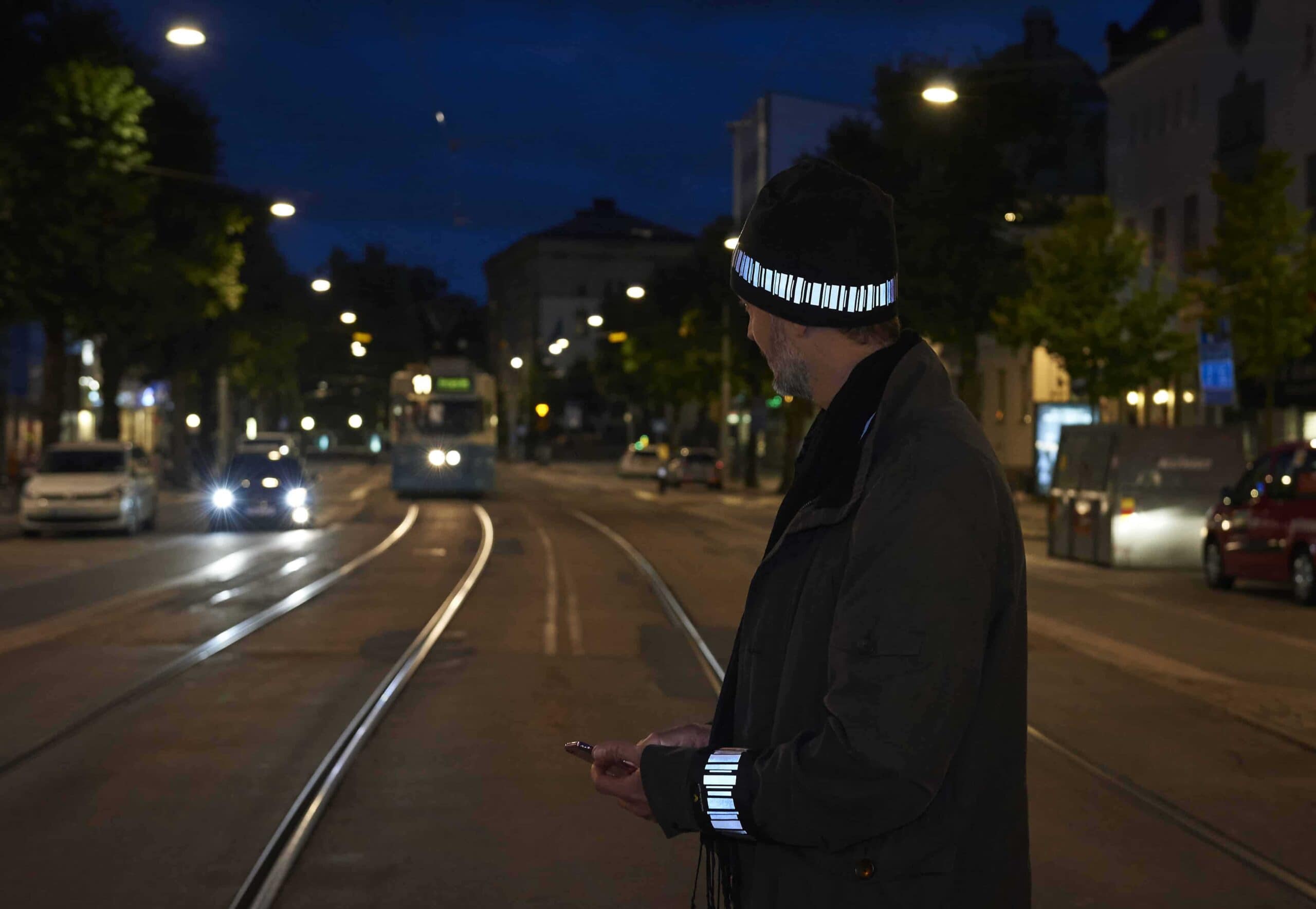
Be Visible in Traffic – Stay Safe in the Dark
It is crucial to remain visible in traffic during the darker hours of the day. In fact, without reflective items, a driver may not see you until you are only 25 meters away—far too short a distance for them to react and stop safely. By using high quality reflectors, you significantly increase your visibility and reduce the risk of accidents.
To better understand this serious traffic hazard, we interviewed Gösta Werner, a leading expert in the field of reflectors.
What Signifies High Quality Reflective Items?
High quality reflective items are made with proven and trusted material that meet established safety and quality standards. Gösta Werner, who has contributed to the development of our certified, high-quality reflectors, has over 30 years of research experience in light and reflection at RISE (Research Institutes of Sweden).
Here are Gösta’s four most important tips on how to choose, use, and properly place your reflective safety gear on your body:
1.Choose Reflectors of High Quality
First and foremost, ensure that the safety reflector meets current quality standards. Look for the CE mark, which indicates the product has been tested and approved. This marking should be visible on the product and/or its packaging, allowing you to confirm its safety before purchase.
Even if a reflector was given to you for free, you should still check that it is properly certified. Smart in the dark safety reflectors are made from 3M Scotchlite—one of the safest and most effective reflective materials available. With our high-quality reflectors, you are visible in the dark from distances exceeding 125 meters.
While quality reflectors may come at a slightly higher cost, they offer you, as a consumer, the assurance that the product will perform as expected—helping drivers see you in time.
“With high quality reflectors, you can be seen in the dark from more than 125 meters away.”
Unfortunately, the market is flooded with inexpensive promotional reflectors lacking any certification. These provide a false sense of security and fail to offer the necessary protection. This also applies to reflectors sewn onto clothing, so always check the quality before use.
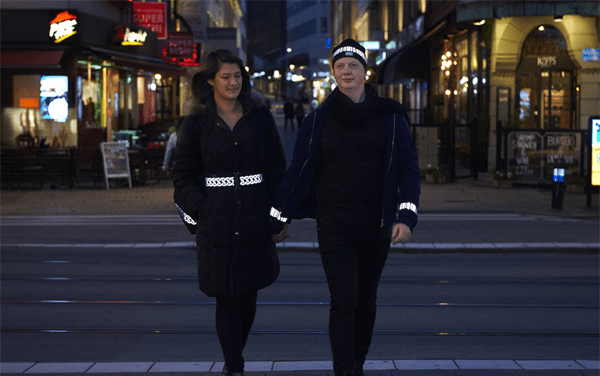
2.Place Reflective items on Moving Parts of the Body
When walking along roads and streets, it is important to place your reflectors where they can be illuminated by headlights and reflect the light back toward the driver. Reflectors are most effective when worn on moving body parts, such as arms and legs.
- On rural roads, high beams are often used, which means the light can reflect from any part of the body.
- In urban areas with heavier traffic—where high beams are not permitted—it is best to position reflectors below the waist, where they are more likely to catch low-positioned headlights.
- Wearing multiple reflective items is also more effective than wearing just one. Reflective bands on arms and legs create motion, further increasing your visibility to drivers in the dark.
- Keep in mind that regular street lighting doesn’t make you more visible to drivers, since reflectors only return light in the same direction it came from — that is, back up toward the streetlight, not toward the driver.
3.More reflective Items – More Safety
At a minimum, wear one reflective accessory on each side of your body—one on the right and one on the left arm and/or leg.
- For hanging reflector tags, wear at least one on each side.
- Reflective bands should be placed on both arms or both legs.
- Ensure your body is surrounded 360 degrees by reflective surfaces—so that no matter which direction you’re facing, a reflector is always visible to a driver.
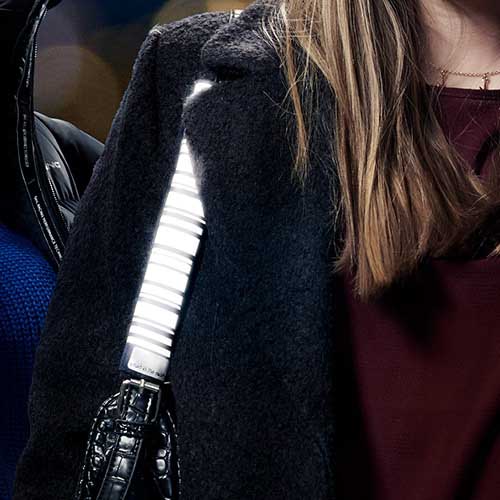
4.Replace Worn-Out Reflective Items
A good quality reflector can last several seasons, depending on how well it is maintained. At the start of each season, it’s important to assess whether your current reflectors still provide sufficient protection.
You can often spot wear and tear by inspecting the material. An easy way to test an older reflector is to compare it with a new one:
How to test your reflective Items
- Hang both reflectors at eye level in a dark room.
- Shine a flashlight at them from about four meters away.
- If the older reflector appears dimmer than the new one, it’s time for a replacement.
Reflective safety gear are precision-made optical items and should be handled with care. Proper handling will preserve their reflective properties and extend their lifespan.
Today, all certified reflective products undergo wear testing and various environmental assessments as part of their quality assurance. Certification therefore serves as a guarantee not only of performance, but also of long-term durability and safety.
Want to learn more about how Smart in the dark works with safety? Read about our work with safety here
Looking for Our Full Range of High Quality Reflective items?





